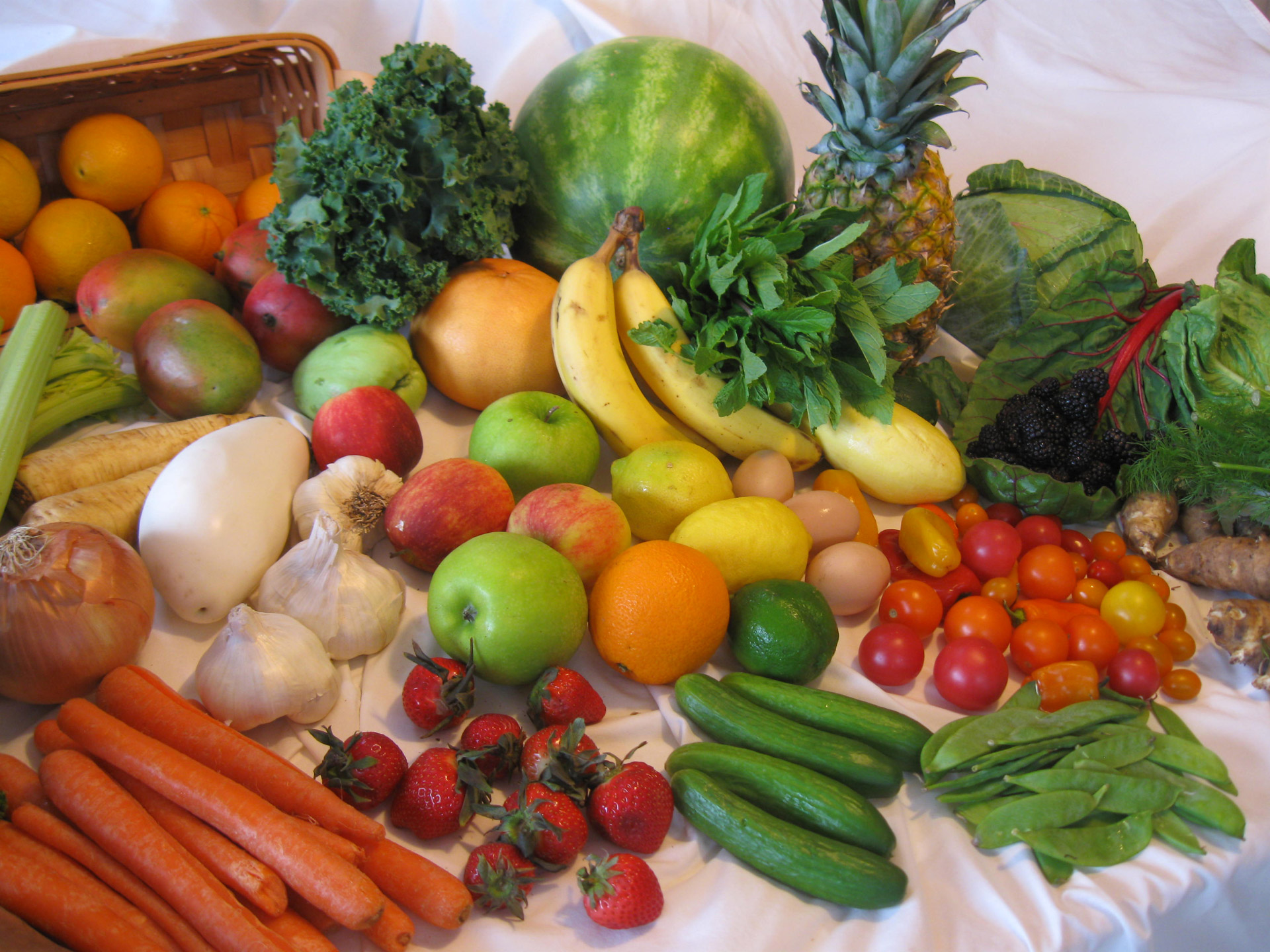
What is the difference between eating light and eating heavy? Light eating is more than just a nutritional buzzword as it will allow you to eat foods in their most digestible order. Lighter foods, such as fruits, vegetables, and so on, will be digested before the heavier foods, such as carbs, proteins, and starches, and the lighter foods will not be trapped. There is a science to light eating that is easily adaptable for any person regardless of age, gender, or current weight.
Breakfast is the first meal of the day, and by far the most important. Besides providing us with energy throughout the entire day, breakfast foods are good sources of nutrients such as calcium, iron, fiber, and Vitamin B. The essential nutrients gained by eating a light and healthy breakfast will help you on the track to a healthier lifestyle. Eating a heavy breakfast, for example, can achieve quite the opposite. You may think that a heavy breakfast will keep you full for a longer period of time, but research has disproven this, and the calories you gain from a heavy breakfast will do more for your waistline than for your health. A great routine for the morning is a smoothie or shake as the fruits, vegetables, etc. can be easily digested in liquid form.
Lunch should be the first meal of the day that could be a little heavier, but still not heavy like dinner. Salad can be called the ideal light eating lunch as fruits and vegetables are easy on your digestive system and provide a large number of health benefits. Dinner, like lunch, can be a little heavier, but if you are trying to eat a light diet, keeping away from heavy carbohydrates will be your best bet. The light eating philosophy allows your body to detoxify naturally, digest better, and provide you with more energy. La Bottega of Farmingdale offers numerous menu items that can be classified as a light meal.
